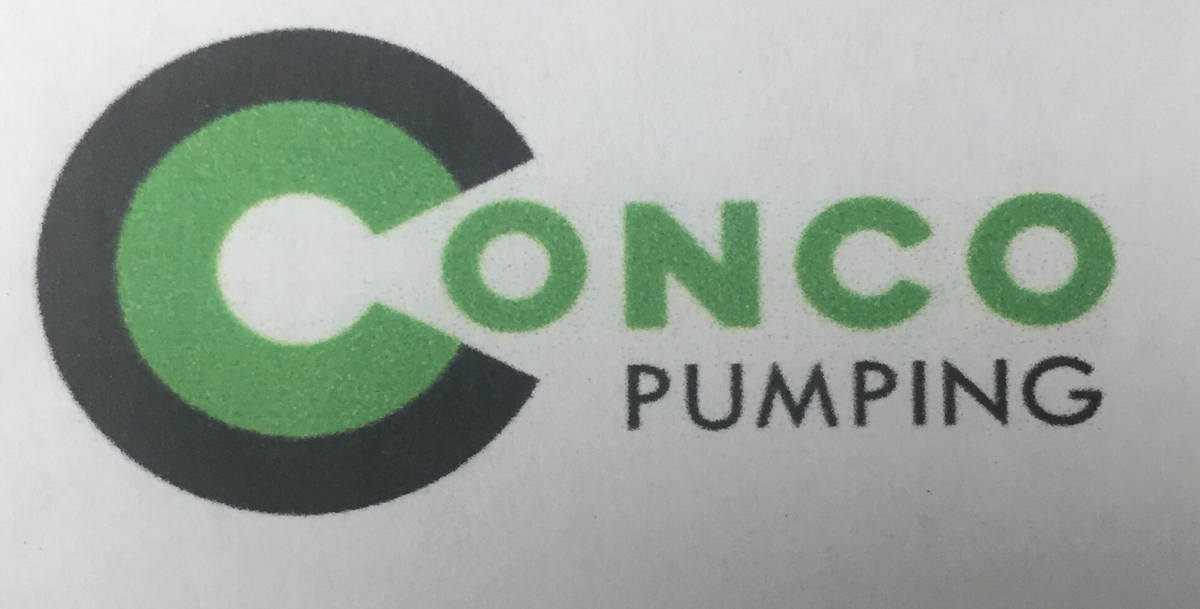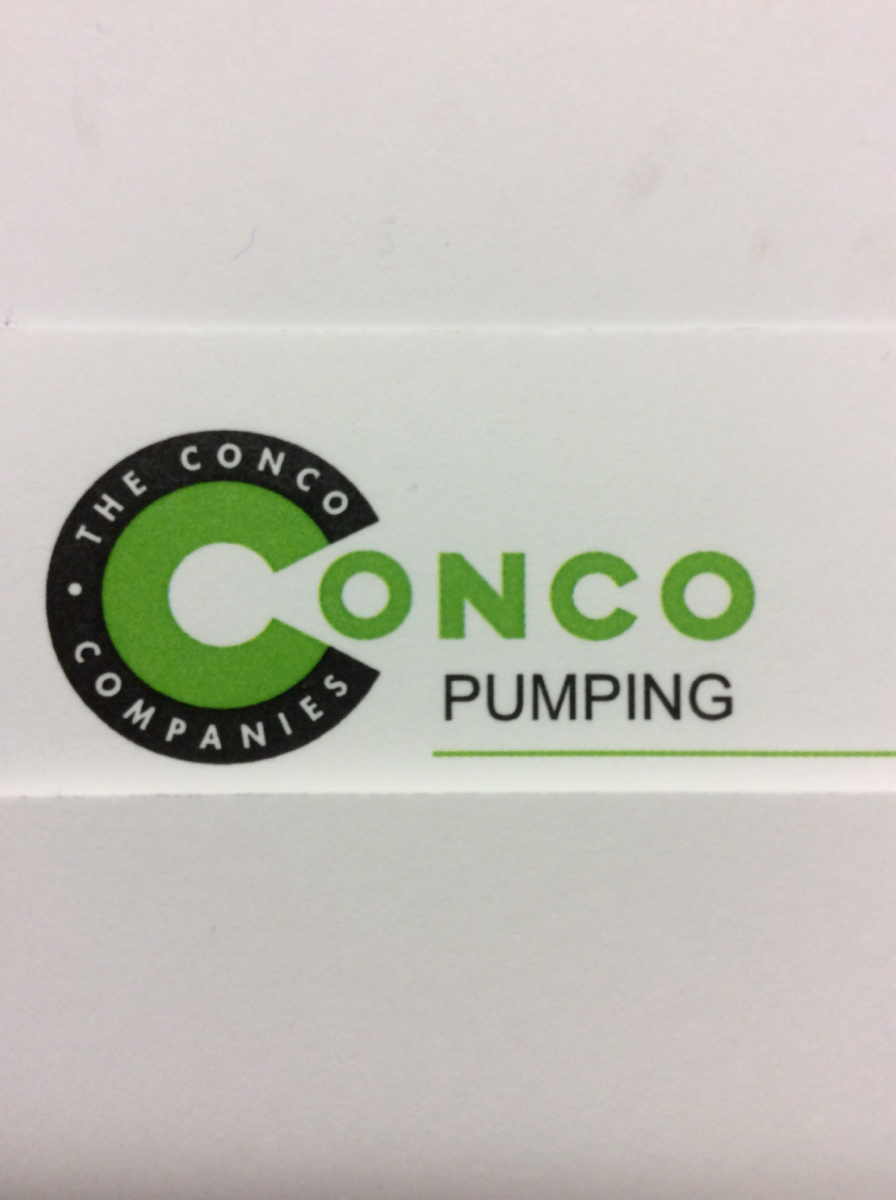Information
-
Conducted on
-
Prepared by
-
Location
Evaluation Info:
-
Operator Name:
-
Trainer Name:
-
Pump Unit #:
-
Date of Eval:
At the Yard:
General
-
Operator on time?
-
Proper Attire: Long pants, boots, 3" Min Sleeves,
Walk Around
-
Fluids-Fuel / Oil / Water / Hydraulic Oil - Fill Levels and Leaks
-
Tires / Mirrors / Lights
-
Cover / Safety Guards in place
-
Hopper clean and free of debris
-
Cab Free of debris
Pre Checks
-
Required system / accessories in good condition; loaded per job ticket
-
Tools - cleanout, spill kit, etc.
-
Boom Strapped Down
-
Outriggers Pinned / in travel position
-
E-Stop function test / reset
-
Job Site identified / routed
-
Paperwork
-
PPE on board: Hard Hat, Safety Glasses, Gloves, Hi Viz, Hearing Protection
-
Cycle the pump
Driving to the Job
-
NO SMOKING
-
Seatbelt fastened
-
Uses turn signals appropriately
-
Adequate following distance - No Tailgaiting
-
Changed lanes slowly; uses mirrors in advance
-
Proper gear used up / down hills
-
Understands axle interlocks and how to use
-
Obeyed all traffic laws - speed / signs / lights
At the Job Site
-
PPE on and being worn correctly
-
Located supervisor / contact person - instroductions
-
Extends courtesy to customers and others
-
Meet hoseman and covered pour plan; reviewed communication signals with crew
-
Surveyed setup area; identified obstructions - powerlines / buried utilities / embankments / etc.
-
Finds out where to wash out before pour
-
Inquired of soil conditions
-
Backed up using spotter
-
Allowed adequate access for ready mixed trucks
Set Up
-
"One-to-One Rule" applied
-
20' / 50' Power line distances maintained
-
Requested and obtained spotter for Power lines
-
Provided spotter with visual aids for safe zone identification
-
Secured unit from traffic - uses traffic cones when applicable
-
Leveled ground under outrigger pad or dunnage
-
Used outrigger pads supplied with pump
-
Outriggers fully extended and jacked down (per Manufactures instructions or if company policy allows unit to be short rigged)
-
Put full weight of unit on each outrigger; tested for sinking; followed proper procedures to stabilize outriggers
-
Leveled unit within three degrees
-
Extended boom over each outrigger; tested for sinking applied sufficient dunnage
-
Attached proper system
-
Used one safety sling and pinned all clamps on each piece of system suspended from the boom
-
Used flexible hose if connecting separately laid pipeline to the boom
-
Secured vertical pipeline - when rewired
-
Used the "Three-Point Rule" when climbing on or off the pump, or any object
Basic Pump Operation
-
Familiar with Remotes
-
How to hook up wired remote box
-
How to boot up radio remote
-
Manual pump controls
-
PTO Controls
-
Agitator controls
-
Hopper grate safety switch (keep hands out of hopper)
-
Horn - E-Stop
-
Main control box (local and rear panel)
-
Understands when / how to lock rear end
Pumping at the Job
-
Instructed hoseman about proper communication; including hand signals
-
Checked hydraulic hoses for rotation
-
Unfolded boom avoiding hazards
-
Used acceptable method for priming
-
Kept all personnel clear of the discharge while priming
-
Instructed ready mixed driver to keep hopper full
-
Kept all personnel clear of the discharge if the system is opened to remove a plug / to remove system / when restarting after a delay
-
Monitored outriggers for sinking
-
Employed use of a spotter if boom was within 20' / 50' of danger zones
-
Kept the tip hose at or above hoseman's knees
-
Monitored hose for kinking
-
Operated the boom smoothly and accurately - proficient with controls
-
Maintained contact with the hoseman
Moving on the Job (if applicable)
-
Surveyed new site: identified conditions / hazards
-
Folded up and secured the boom for travel
-
Outriggers retracted and pinned
-
Gear stowed; including remote (if moving faster than 10mph)
-
Cleaned out - if necessary
-
Utilized same setup procedures as previously
Emergency Items
-
Provided and understands emergency phone list and procedures
-
Heat related Injury Prevention - water, shade, recognizing symptoms and prevention
-
Accident and injury reporting
-
Switching from remote to hard wire
-
Knows how to operate hand valves
-
How to locate a plug in the system
-
How to clear plug
-
How to install patch on a blown pipe
-
Able to use retarders in concrete properly
-
Knows when / how to use sugar in concrete
-
Knows how to use spill kit
-
Knows how to use blow out cap
Cleaning out
-
Established clean out area with contractor
-
Examined clean out are for overhead power lines / soft ground / embankments / capacity
-
Used a safe method to clean out (i.e. sucking a sponge)
-
Understands water wash method
-
Kept job site personnel clear of area
-
Set the out riggers if boom is to be lifted out of the cradle
-
Flushed water box and contained (keep hands out of box)
-
Open rear discharge, clean and replace blow out cover
-
Re-Placed all safety devices / guards
Completing the job
-
Boom folded / secured for travel
-
Tip hose and reducer removed and stowed
-
Retracted / locked out riggers
-
All gear properly secured on deck
-
Backed up using a spotter
-
Departed job on approved road
Return to yard , rewatering and refueling
-
Fuel saddle tanks and outriggers - NO SMOKING
-
Fill water tank and water box
-
Clean all trash from cab
-
Park in assigned, numbered spot
-
Complete DVIR and return to dispatch with job tag
-
Complete driver log
-
Job Well done - drive home safely
Completion of Evaluation
-
Operator Signature
-
Trainer Signature
-
Completion Date and Time












